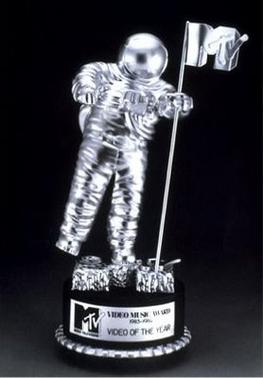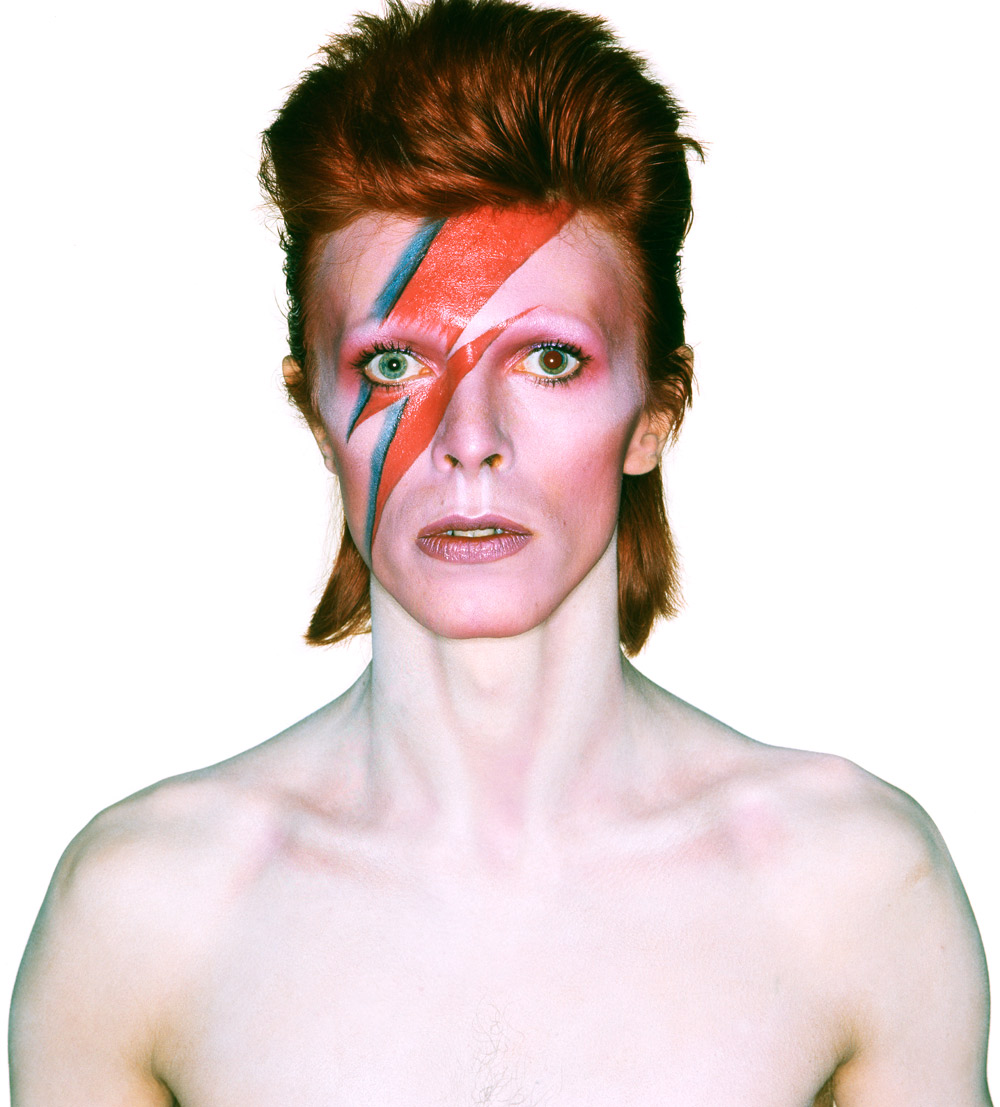MTV
 MTV was originally known as Music Television, before being shortened down to the three simple initials which everyone knows it as today. The American based channel was launched in 1981, and owned by the MTV Networks Music and Logo Group. In the channel's early years it's original purpose was to play music videos guided by television personalities, at this point the channels main target demographic was young adults. Whereas now in modern day MTV, the channel is aimed at young adolescents instead of young adults. MTV became famous as it played music videos 24 hours a day, seven days a week. As television programmes were becoming shown on the channel, less and less music was being played on the channel - which led to other spin off channels such as MTV hits. As well as this the the company upgraded the variation of MTV, by creating a website for the channel which then led to the audience being able to watch the music videos online in both America and the United Kingdom.
MTV was originally known as Music Television, before being shortened down to the three simple initials which everyone knows it as today. The American based channel was launched in 1981, and owned by the MTV Networks Music and Logo Group. In the channel's early years it's original purpose was to play music videos guided by television personalities, at this point the channels main target demographic was young adults. Whereas now in modern day MTV, the channel is aimed at young adolescents instead of young adults. MTV became famous as it played music videos 24 hours a day, seven days a week. As television programmes were becoming shown on the channel, less and less music was being played on the channel - which led to other spin off channels such as MTV hits. As well as this the the company upgraded the variation of MTV, by creating a website for the channel which then led to the audience being able to watch the music videos online in both America and the United Kingdom. Video Music Awards
 In 1984, the channel produced it's first MTV Video Music Awards, or as everyone else knows it, the VMA's. The awards ceremony was originally conceived as an alternative to the Grammy Awards. The annual MTV Video Music Awards ceremony has often been nicknamed as the "Oscars for youth", an acknowledgement of the VMA ceremony's ability to draw millions of youth from teens to 20's each year. The statue which is given to the award winners, is of an astronaut placing an MTV flat on the moon. When it comes to the awards, they are given for many different reasons such as, Best Music Video, Best Live Performance, Best Single, and also Best Album. Madonna was the first people to win an award on the show, after she performed her hit song 'Like A Virgin' live on the awards show. She also has a record when it comes to the VMA's for winning 20 awards, that's more than any other artist has ever won for this. The awards ceremony takes place every year. Some of the current award categories are:
In 1984, the channel produced it's first MTV Video Music Awards, or as everyone else knows it, the VMA's. The awards ceremony was originally conceived as an alternative to the Grammy Awards. The annual MTV Video Music Awards ceremony has often been nicknamed as the "Oscars for youth", an acknowledgement of the VMA ceremony's ability to draw millions of youth from teens to 20's each year. The statue which is given to the award winners, is of an astronaut placing an MTV flat on the moon. When it comes to the awards, they are given for many different reasons such as, Best Music Video, Best Live Performance, Best Single, and also Best Album. Madonna was the first people to win an award on the show, after she performed her hit song 'Like A Virgin' live on the awards show. She also has a record when it comes to the VMA's for winning 20 awards, that's more than any other artist has ever won for this. The awards ceremony takes place every year. Some of the current award categories are:- Video of the Year
- Best Male Video
- Best Female Video
- Best New Artist
- Best Pop Video
- Best Rock Video
- Best Hip-Hop Video
- Best Collaboration
- Best Direction
- Best Choreography
- Best Visual Effects
- Best Art Direction
- Best Editing
- Best Cinematography
- Best Video with a Social Message
- Best Song of the Summer
- Best Latino Artist
- Michael Jackson Video Vanguard Award
Michael Jackson Video Vanguard Award
The Video Vanguard Award, also known as the Lifetime Achievement Award is giving to musicians who have made a large scale effect on the MTV culture. The award was renamed in 1991 as the Michael Jackson Video Vanguard Award from then on. The award is given to music video directors who have created some of the most popular and acclaimed music videos in MTV history. Some of the recipients for the awards were/are:
Best Rock Video
The MTV Video Music Award for Best Rock Video was first given out in 1989, and it was one of the four original categories added to the VMA's that year. That year, thought, the award as called Best Metal/Hard rock Video, and in 1996 the award was once again renamed Best Hard Rock Video. Finally in 1997 the award gained its present more general name, as after 1998, acts would have previously been eligible for the Best Alternative Video award. Aerosmith is both the biggest winner, and also the biggest nominee in this category, having been nominated a record eight times for this award, and winning four of these. Another few winners of the award were/are:
- Guns N' Roses
- Limp Bizkit
- Korn
- Linkin Park
- Green Day
- AFI
- Foo Fighters
- Thirty Seconds to Mars
This is the music video in which Limp Bizkit won an award for. The video won as it contradicts the average conventions of a rock video, and also follows it follows them in other scenes. For some of the scenes, the band is shown 'cruising' down a street in a car they just stole, which matches one of the stereotypes of the genre, as they're often classed as misbehaved, and thieves.





































